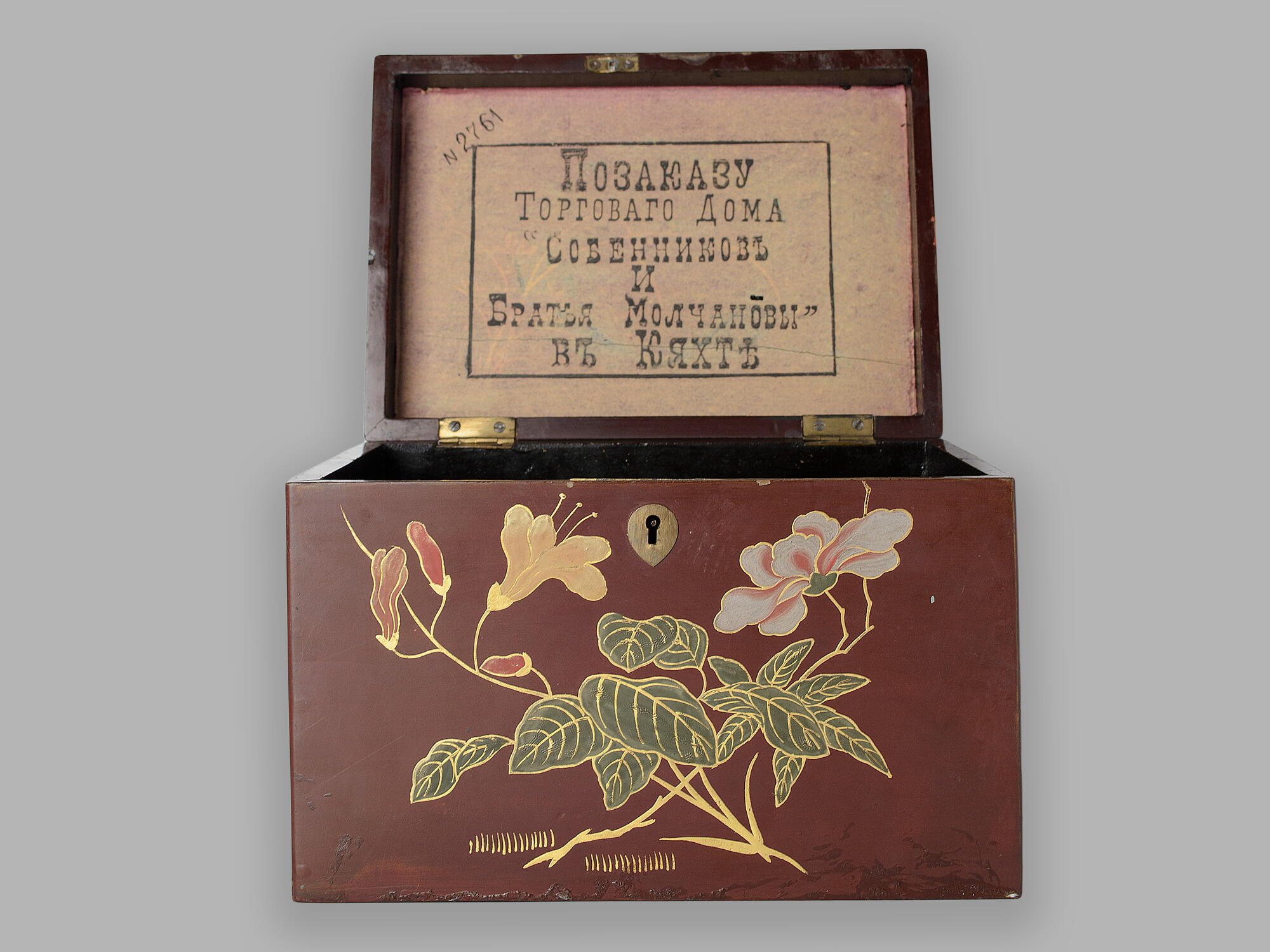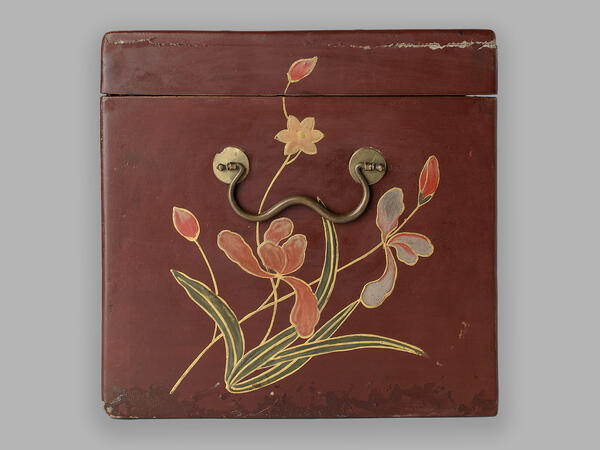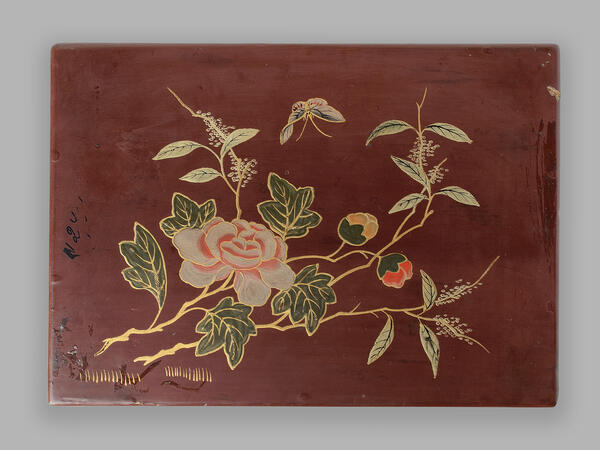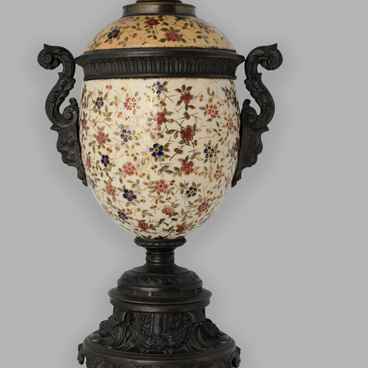For a century, a small Siberian town on the Russian-Mongolian border was the world’s capital of the tea trade. Offering an incredible profit potential, Kyakhta attracted ambitious entrepreneurs from all over Russia.
As a result, an association of tea merchants formed in Kyakhta. Before the emergence of the gold industry, it was the Russian-Chinese trade that helped entrepreneurs make handsome fortunes in Siberia. Kyakhta merchants represented the financial elite among the Siberian merchant class. By the first quarter of the 19th century, many merchant families already had fortunes worth millions of rubles.
According to different sources, between 60 and 115 merchant families traded in Kyakhta at the turn of the 19th century. The most prominent among them were the wealthiest dynasties of the Trapeznikovs and Medvednikovs from Irkutsk, the Nerpins from Tara, the Kandinskys from Nerchinsk, the Voroshilovs from Selenginsk, the Kurbatovs and Titovs from Verkhneudinsk, and the Basnins, Igumnovs, Molchanovs, and Kotelnikovs from Kyakhta.
In the second half of the 19th century, the structure of Kyakhta’s merchant class changed radically. Some representatives of famous tea firms died, while others moved to Moscow. Their place was taken by a new generation.
In 1890, brothers Vladimir and Andrey Molchanov together with their relatives Nikon Molchanov and Vasily Sobennikov founded the trading house “Sobennikov and the Molchanov Brothers” with an initial capital of 150,000 rubles. It became the largest enterprise of its kind in Siberia. It engaged in wholesale trade in tea, sugar, bread, and leather. Tanneries were located near Troitskosavsk and Tyumen.
In his book “The Upper
Middle Class and Monopoly Capital in the Siberian Economy at the Turn of the 20th Century”, Grigory Rabinovich quoted the manager of the local branch of the
Russian-Asiatic Bank who said in 1911,





